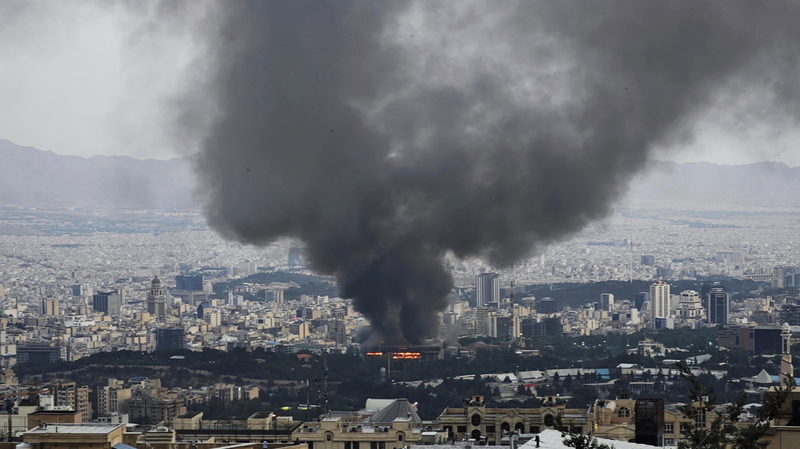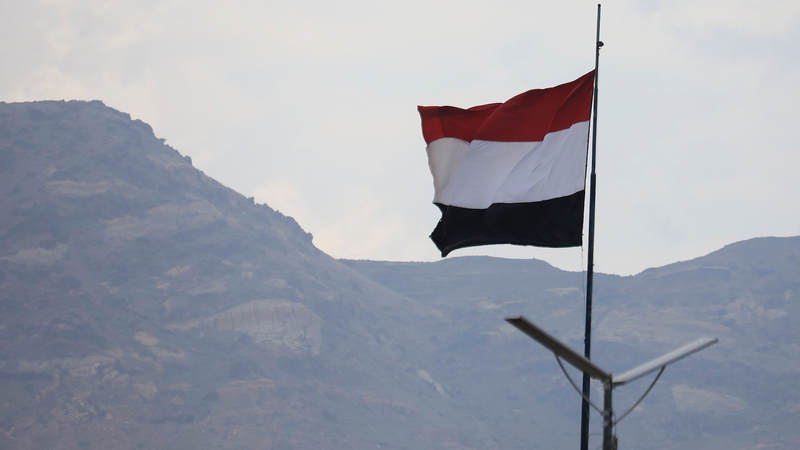Almost a month into a fragile Gaza truce brokered by the Trump administration, tensions are still riding high. Here's the lowdown. 🚦
Under the ceasefire deal, Israel agreed to let in up to 600 trucks of food, fuel, and shelter supplies into Gaza each day. So far, only about 145 trucks are trickling through daily – just 24% of the promise. With winter approaching and millions still displaced, basics are running low. ❄️🥖⛺
Israel has cited delays in handing over hostage remains as a reason to halve aid trucks and limit most fuel shipments. It also accuses some fighters of diverting supplies – claims Hamas denies. NGOs meanwhile say access is still restricted for certain items that could have military uses.
The ceasefire hasn't stopped all violence. On October 28, Israel launched airstrikes after alleging attacks on its forces. Palestinian health officials reported at least 104 killed, including 46 children, while the Israeli military insists the truce still stands despite sporadic fire. 🎯
Even with the drama, both sides have kept swapping prisoners and hostages. Hamas freed 20 living hostages; Israel released nearly 2,000 Palestinian detainees. On remains, 24 bodies have gone back to Israel, while Israel returned about 300 Palestinian remains, though some are still unidentified.
Israeli forces have started marking their controlled zone with yellow-painted concrete blocks and steel posts, setting a temporary border that covers about half the Gaza Strip. Dubbed the 'yellow line', it's already sparking debates over movement, returning displaced families, and Gaza's future shape.
The Trump administration's 20-point peace plan calls for phased Israeli withdrawals and a handover to an International Stabilization Force once Gaza is demilitarized (meaning armed groups give up weapons). Analysts warn that without clear deadlines, full withdrawal and lasting calm could drag on for months or years, keeping the truce in limbo. ⏳
Reference(s):
Trump's peace plan under strain as Gaza truce enters 2nd month
cgtn.com




